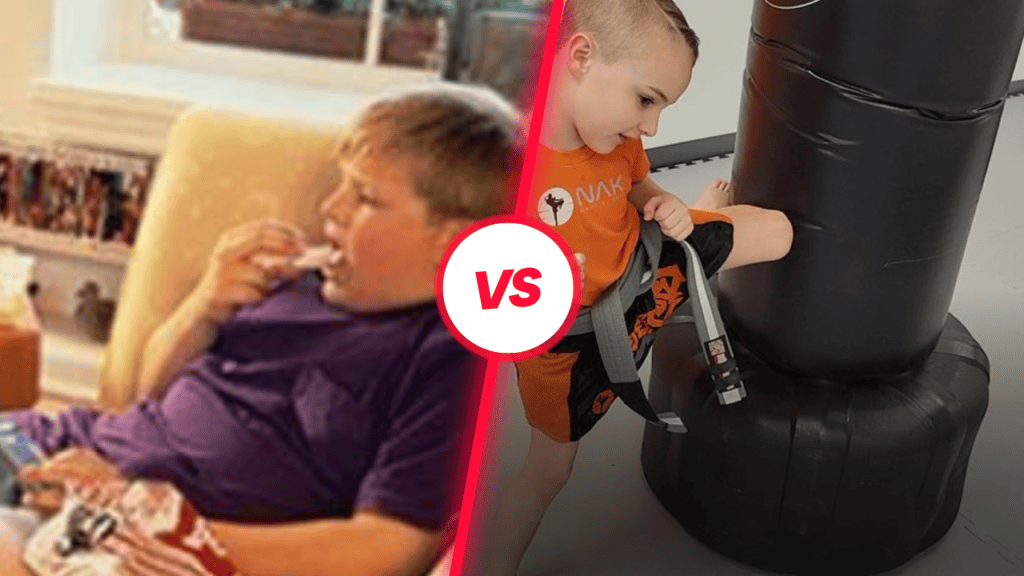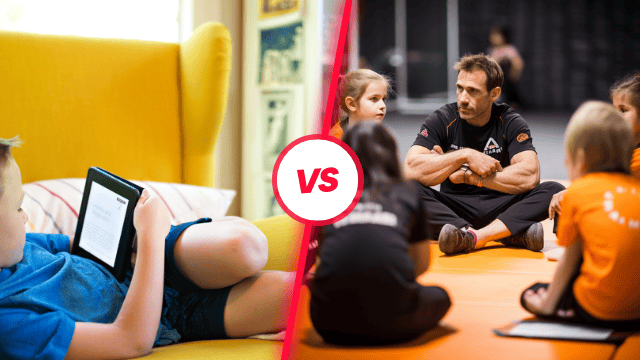How Martial Arts Keeps Young Minds Sharp
The “Summer Brain Drain,” also known as the “Summer Slide,” is a parent’s and educator’s worst nightmare. It’s when your child’s months of hard work–hours upon hours of math homework, late nights working on science projects, and car rides spent quizzing history flashcards–all begin to slip away. It’s a decay in learning, which then can have a domino effect on a child’s physical, emotional, and social development.
Ever wonder how knowledge retention works? Here’s what we know. Skills deteriorate over time at a rate determined by the specified task, predicted by the individual’s original level of learning. The old adage “Use it or lose it”. Therefore, the method yielding the highest initial learning level will lead to the highest level of skill retention over time. When summer break rolls around, learning takes a dramatic stop. In just a short amount of time the “Summer Brain Drain” begins and so begins the downward snowball in ALL development areas.
Physical

The Problem: Children gain weight nearly twice as fast over the summer because they are snacking more often, many times out of boredom or lack of proper supervision. At the same time, many children are also less active over the summer because they sleep in longer, watch TV longer, play video games longer, etc. Although it may seem like they are more active over the summer, the lack of structure contributes to weight gain.
The Solution: Even just two days of structured physical activity, like martial arts, over the summer can dramatically affect children’s physical activities at home. They will have more energy and, therefore, more likely to engage in other physical activities throughout the summer.
Intellectual
The Problem: To be blunt, the “Summer Brain Drain” happens when kids spend the summer months without learning or practicing their skills, leading them to fall behind on learning and academic achievements. During the school year teachers, coaches, and counselors are focused on helping children learn and grow. But what happens during the summer season when these people are not around? A decline in cognitive development.
The Solution: Child psychologists state that children who maintain some sense of a structured activity during the summer, like martial arts, do better in the initial months of the new academic school year. Martial Arts training through the summer reinforces a time commitment, and necessity to practice, reminds students to follow through, and gives them the learning environment they need to reinforce the skills they’re learning, which in turn strengthens their retention of academic knowledge.
Emotional
The Problem: When the school year ends, children lose a lot of key contributors that boost self-esteem…teachers, counselors, coaches, etc. This leads to less confidence entering the back-to-school season. Children who lose self-esteem over the summer enter the new school season with many fears associated with making new friends, meeting new teachers, and bullying.
The Solution: Structured martial arts classes provide a great environment for building children’s emotional development in a manner that is positive and productive, helping to ensure confidence, self-esteem, and emotional well-being.
Social
The Problem: Children who do not have proper social development over the summer tend to misbehave when they enter the new school season. At the same time, children who do not have sufficient positive social interaction over the summer enter the new school season with more anxiety.

The Solution: Martial Arts classes include daily classroom activities that strengthen children’s emotional outlook. In fact, more confident children enter the new school season excited about all of the wonderful opportunities that schooling has to offer!
Many people have an image of summer being a carefree happy time where “kids can be kids,” and take for granted the benefits of enriching experiences from organized activities. Even just two times per week in a structured program can make a tremendous difference in a child’s intellectual development over the summer, which ultimately helps with their physical, emotional, and social development as well. Do your research and find a program that provides these benefits in a manner that is also fun so that kids can still be kids and not lose that carefree and happy summer lifestyle.
To learn more about our Summer child development-based martial arts program that utilizes ring-tested martial arts and cutting-edge brain training as the vehicle to maximize your child’s growth or to get him or her started click the button below.

